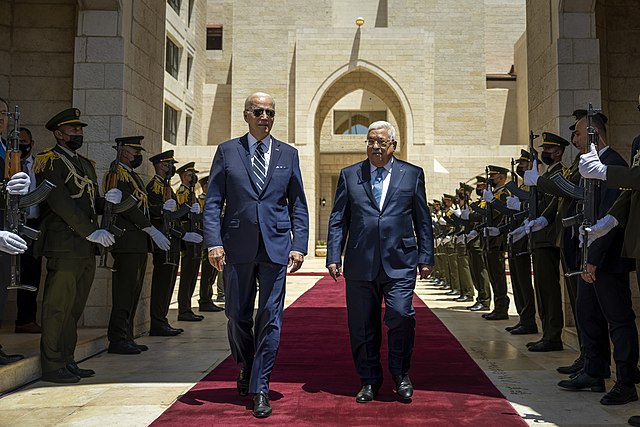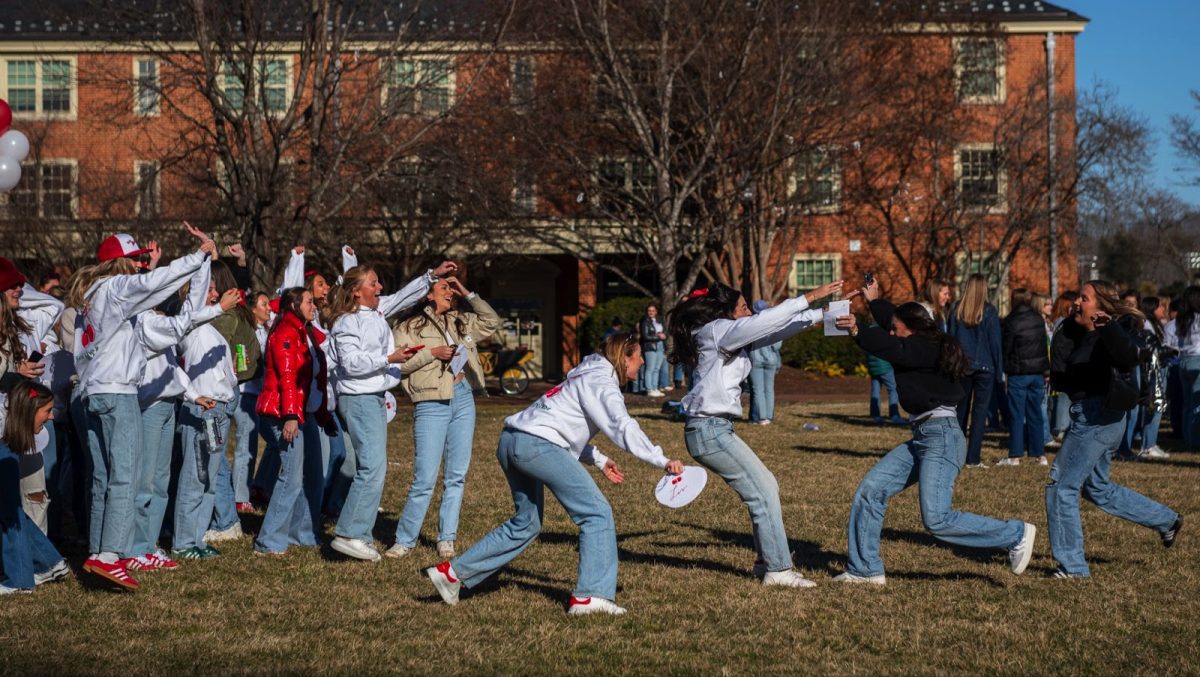What does it mean to live in a city? How does it define the texture of human experience? Mark Twain said, “Human nature cannot be studied in cities except at a disadvantage — a village is the place. [In a village] you can know your man inside and out — in a city you but know his crust.”
The crux of Twain’s point seems to lie in the overstimulation endemic to the cityscape, the sprawl of cultural promise that ultimately ne- cessitates superficial relations. Compared to the intimate everydayness of a village — where the cobbler eats with the clergyman and leans on the country doctor — the city seems like an expansive illusion. The inevitable entanglement of the local forms an ideal communion, at least when contrasted with the impenetrable legions of city-dwellers. The idea of fleeting greetings versus intimate clarity is predicated upon the rewards of tighter space, and how that space relates to time. The larger the space, the less people are able to engage on a deep and meaningful level. Fair enough. Yet Twain may seem utopian, even ignorant if one only thinks of him as an advocate for urban minimization, an obvious impossibility. But he seems less desirous of societal regression than for spiritual revival. The debate about what it means to relate and emote, to understand each other, will always remain central. And what of the motor vehicle as a factor of urban experience? How does a car exacerbate the opacity of life in a city?
Feet on pavement, or even the clop of horses’ hooves, pulsate impact through the body as a physical reminder of place, and as a first-degree calculus of expended energy. Not that the roar of an engine doesn’t remind us of burning power, but that power remains at a remove. The pedal, with only the slightest pressure, propels our sitting stillness in a truncated, distorted and effortless thrill through space and time that, while convenient, snips the cognitive harmony between foot traffic and thought.
It seems, also, that driving erodes coincidence. Streets become vectors, neutrally connecting lo- cations without extended, exploratory interim.
The foot feels like a minute deity, commander of limitless speed, skipping the body through space with little effort. But the fundamental imbalance lies in the dangling toe’s deliverance of a full-bodied experience. As cars smother snatches of road, the person inside looks toward a kind of futurity, a near-present glowing with beacons of experience. When traversed by foot, these lines, these city blocks, can be charitable, unraveling their beauty in a collage of provocative detail — smoke twirling down from balconies with straw men over their iron, posters taped to light-poles advertising sweaty bands in caves, dubious exercise trials, local art. The cacophony of horns and engines are happily cast away into a brutal unreality. But the car’s means, incommensurate with our own expectant ends, shape cognition. The loose bloom of an ambler’s mind piece-meals reality through unfolding visual minutia, the driver through the galloping linearity of a machine and its false promise.
An urban grid, one that accepts and demands motorvehicular travel, reduces the complexity of movement through space. The driver’s horded time eventually explodes in a blast of instance and event, at the end of the road, and the mind can only react to circumstance instead of live along a continuum of reflection. When we walk, we flinch into a kind of intensification, a mode of being where thoughts seem generated by the rhythms of lived experience. The car stifles these barely perceptible breaths, as do trains. Planes substitute the 30,000-foot sub- lime as a pictorial likeness, overwhelming with visual pleasure anything genuinely human.
Urban living can distill experience into a bud, never to become a flower. Cars dart across inter- states, broil in traffic or pull out of parking lots aimed at a location. The journey shrinks into a compression of instants, blinking into a colossal network of indifference. While the drivable city claims eclectic opportunities splayed out across its veins, it usually means getting to a place and feeling anxious about all the other places. Thought-paralysis can become the dominant disposition.
Twain’s spatial and temporal axiom sketches a tight-knit community and a vaguely imagined one. Urban evolution, though it improved our connectivity, expanded culture and promised social gifts, stunts our playful capacity to think with its ever-shining horizon. The brain mimics the machine. Previously hissing with invention, it degenerates into sputtering forth banalities. Isolation inside a speeding bullet, paired with glancing hellos and pregnant unrealities, entrenches us in human ignorance. The benefit of a village comes from the impact of kinetic ideation, motion as an engine for nuanced creation and intimate relation. A dialogue between man and his environment disposes him toward granular discovery, of his self and of others. Twain does not want to erase the urban experience, he just wants to subtract the human static, partly through the simple task of learning to walk again.













